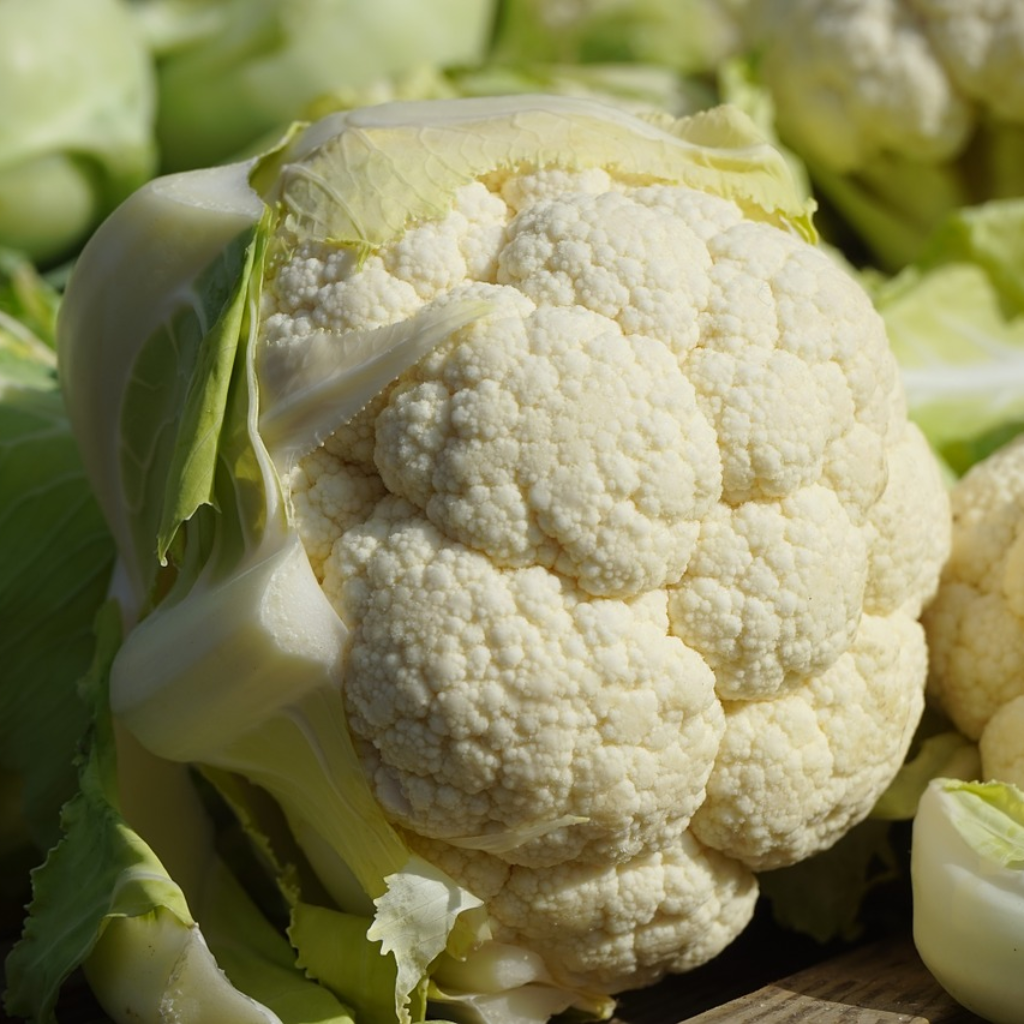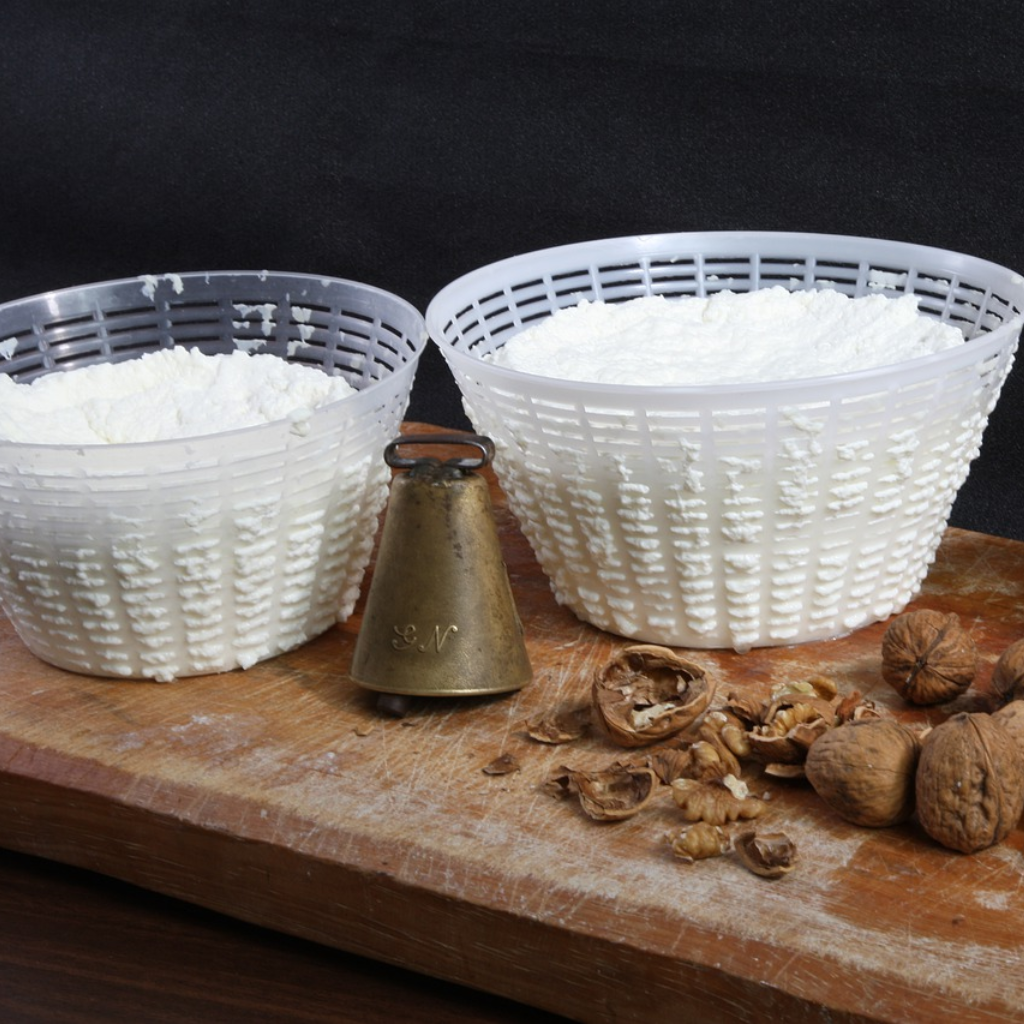Cauliflower and Ricotta Cheese
Cauliflower

Cauliflowers are part of the cruciferous vegetable family along with broccoli and Brussel sprouts. The little “heads” of cauliflower are called florets. They are a great source of vitamin C as well as fibre and folate, and contain phytochemicals which exert anti-inflammatory and anti-oxidative benefits in our bodies. Cauliflowers are at their peak season in the colder months of the year (between May and August – so now is perfect season!).
Find it in… the fresh vegetable section of your local supermarket or green grocer. Choose cauliflowers with a firm head and tightly packed florets, and feel denser.
Use them … raw in salads and veggie platters with cherry tomatoes, carrots, radish and baby cucumbers and a side of salsa dip. Cooking enhances the absorption of nutrients by our bodies, so enjoy them steamed and mashed with mint and peas (see Cauliflower Mash ‘Free Food’ Recipe in your HWFL Guide), blended into eggplant dips, added to stir fries or even roasted as a whole head with lots of delicious warming spices and herbs!
Ricotta cheese

Ricotta cheese was originally made from the whey of milk remaining after making parmesan cheese. It is a white, moist and unripened cheese. The patterned surface of round wheels of ricotta sold in stores are due to the draining process using colanders or tubs. They are a dairy food and fall into your protein portion of your meals or snacks. While portion sizes for hard cheeses like cheddar are 40g (2 slices), ½ cup (120g) of ricotta is counted towards your protein or dairy serve being a lighter and soft cheese.
Find them in… the dairy section of the refrigerated aisle in your local supermarket or deli.
Use … dollop onto homemade pizzas, pastas or spread on vegetable lasagne instead of the cream sauce. For a simple sweet snack with lunch, you can even mix 1 serve (120g) of ricotta cheese into a bowl of your favourite berries. (A great way to get your lunchtime serve of dairy in!)
Looking for more new and interesting ingredients? Click here!
